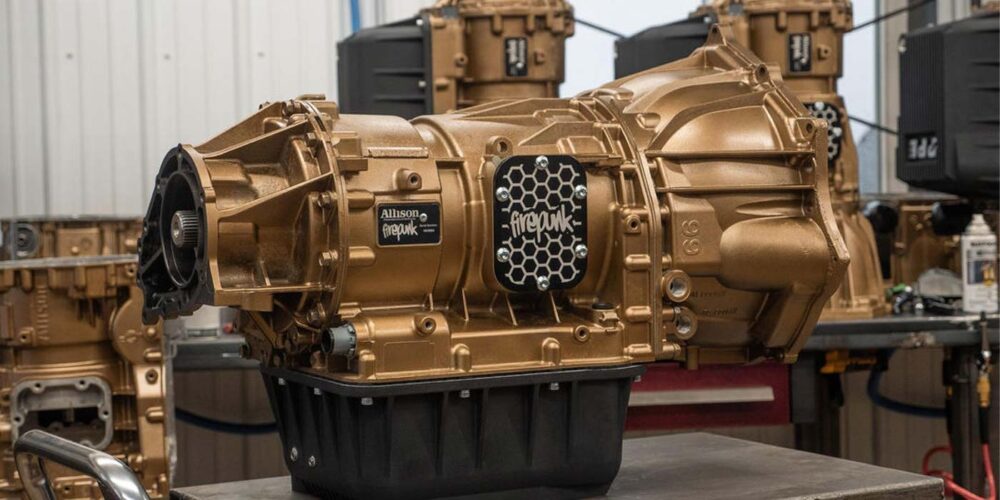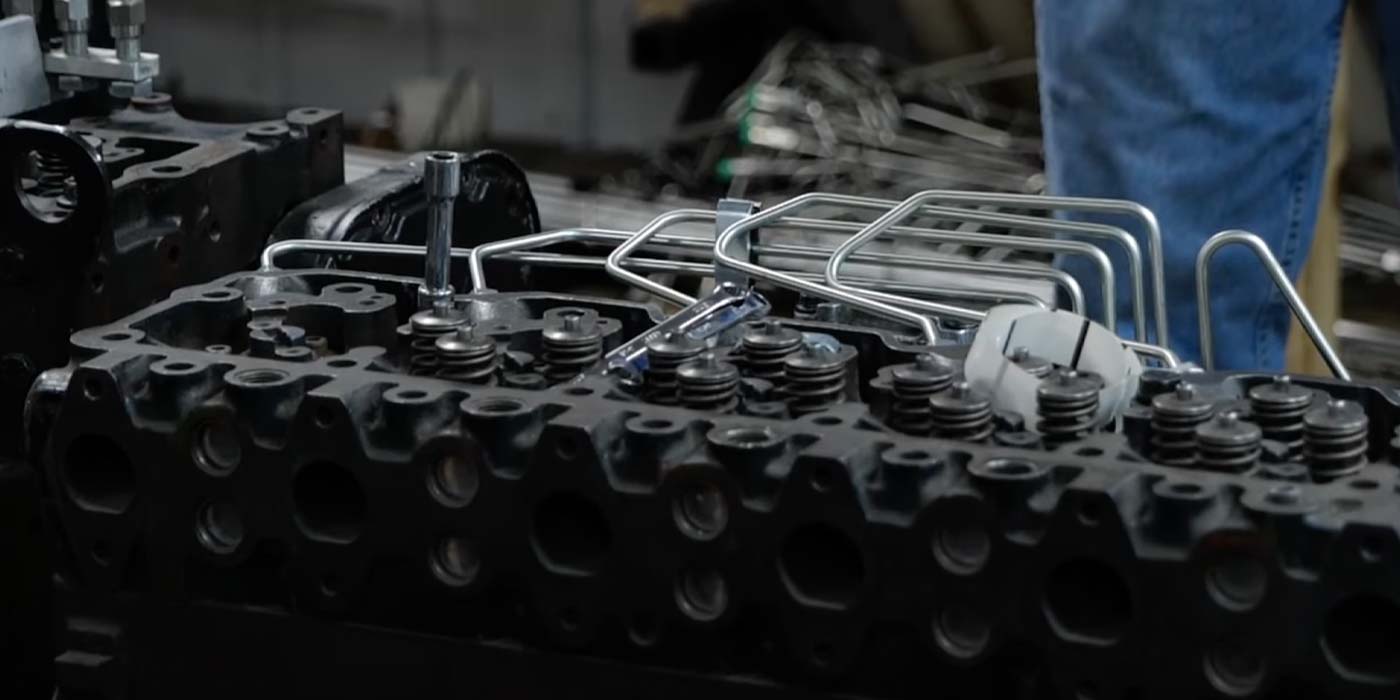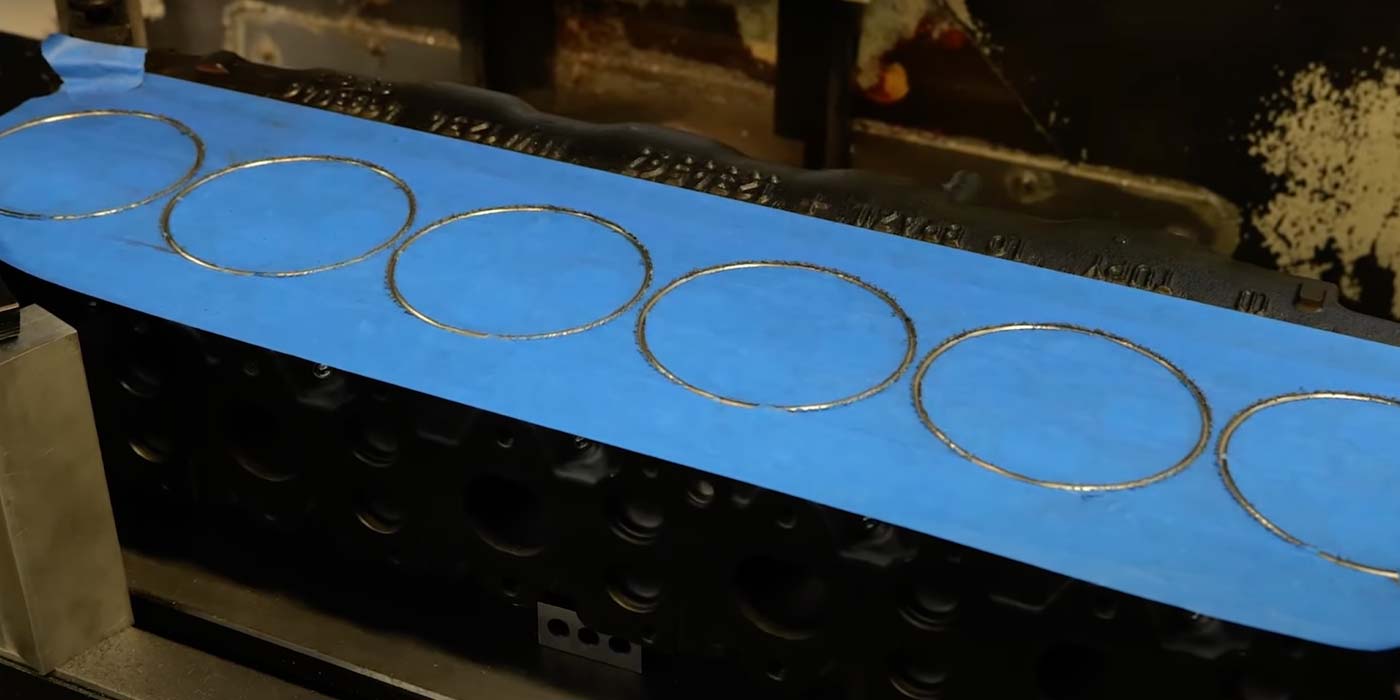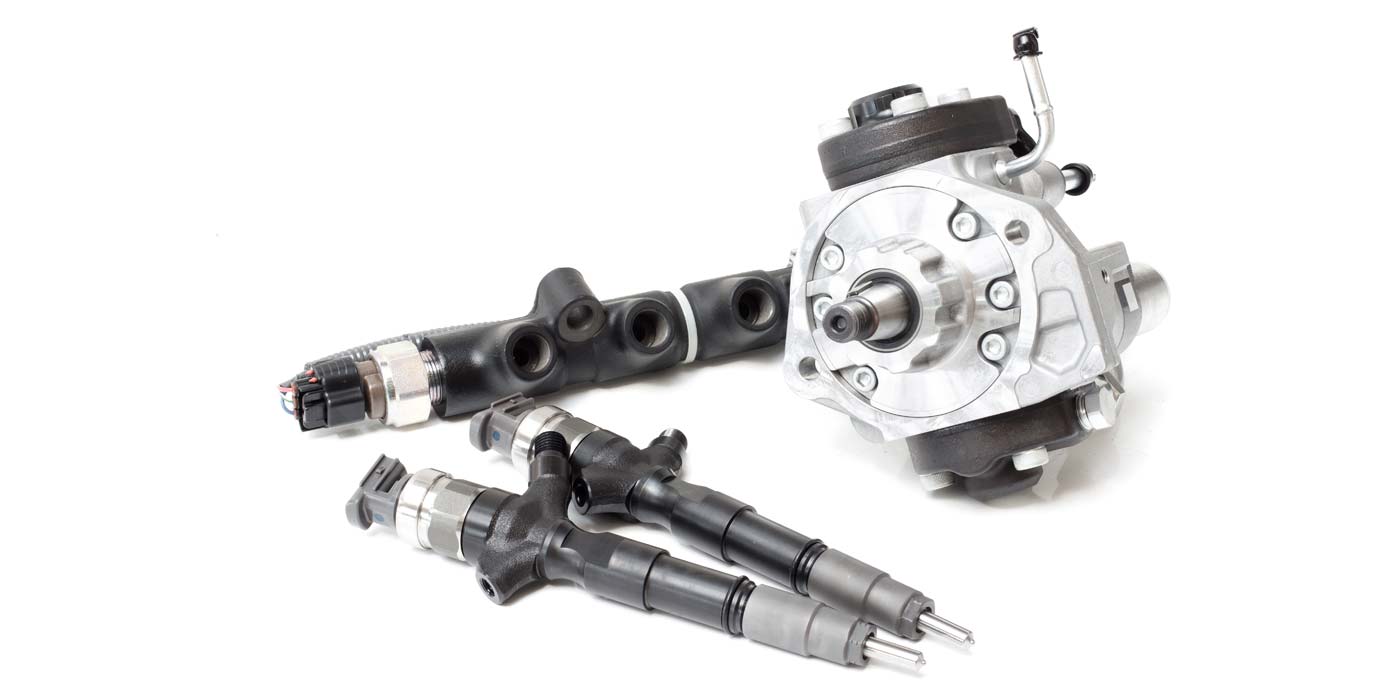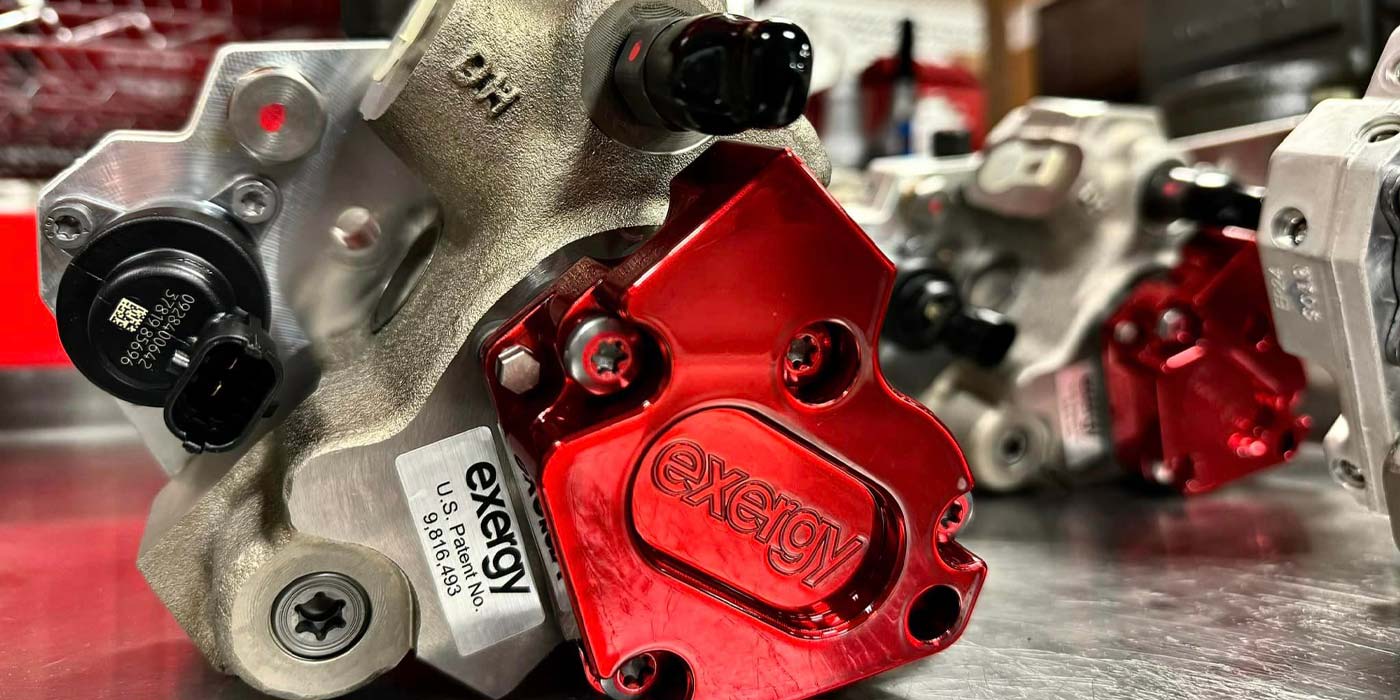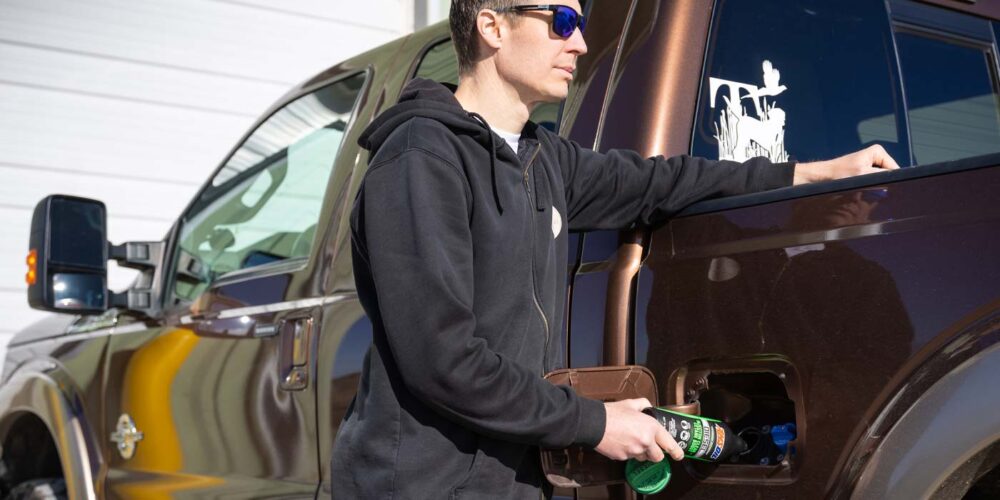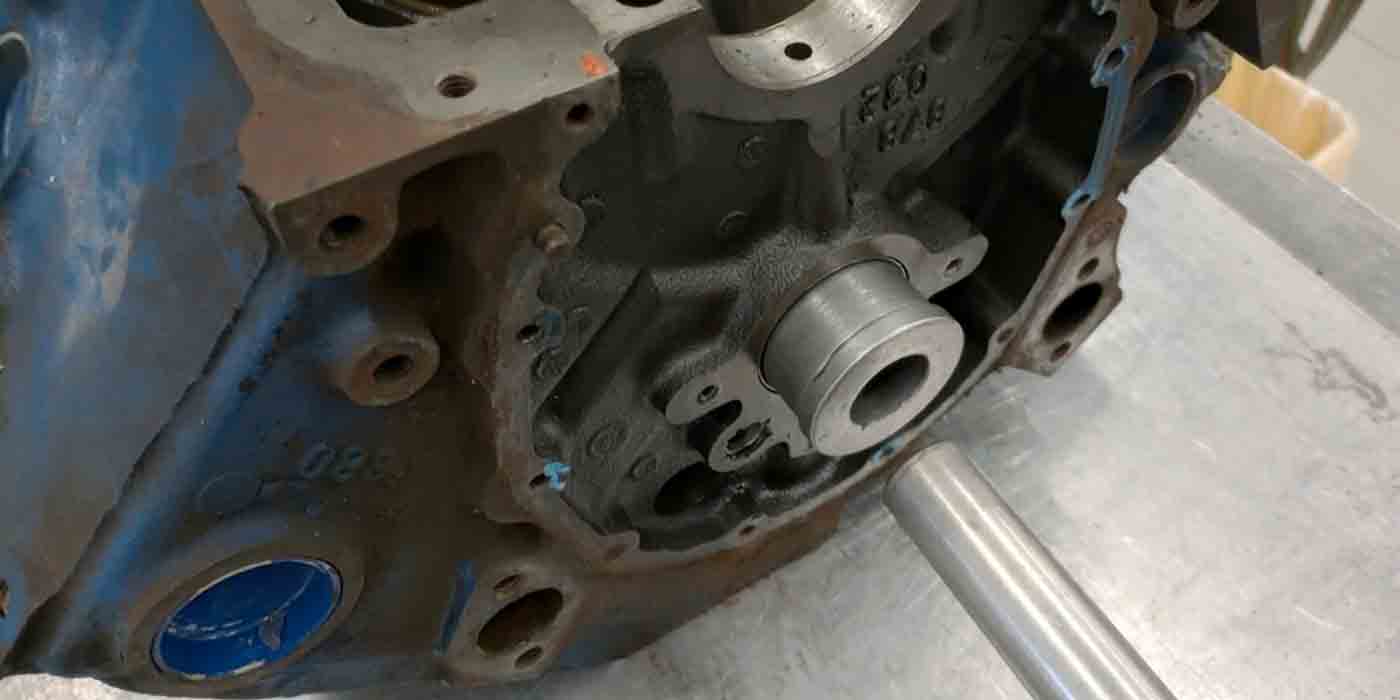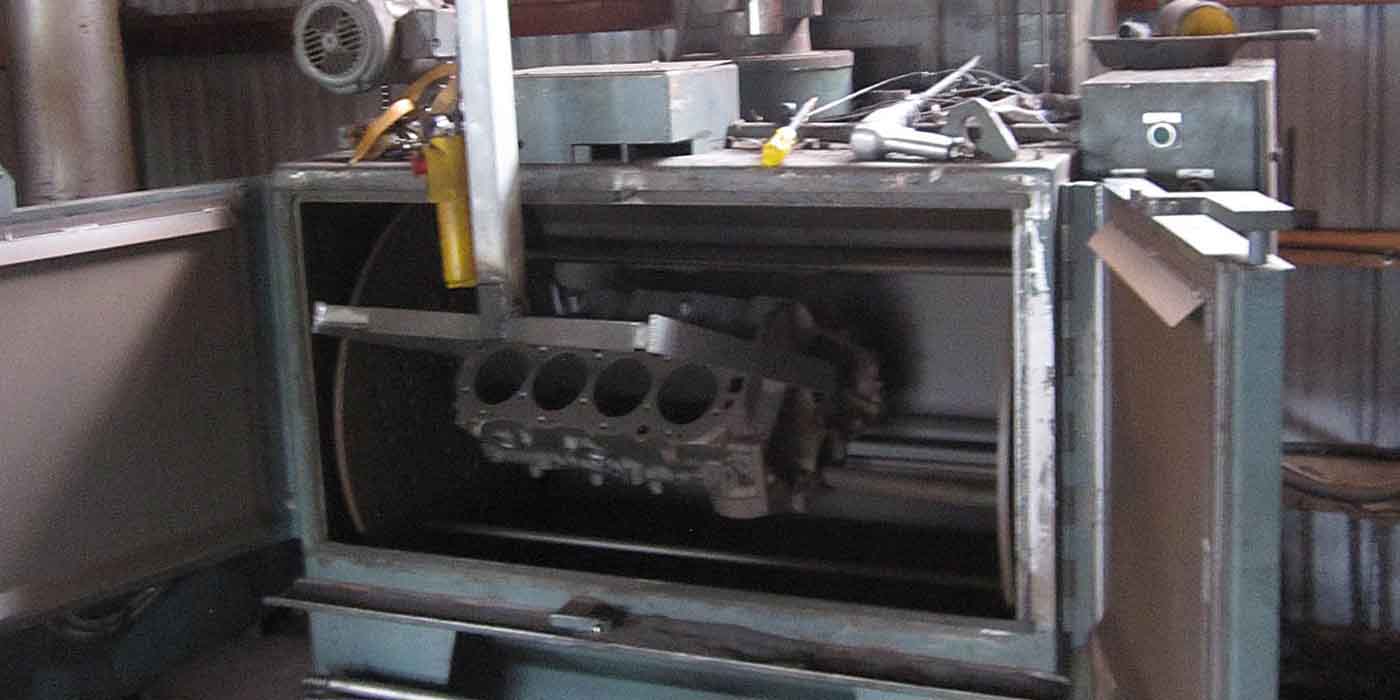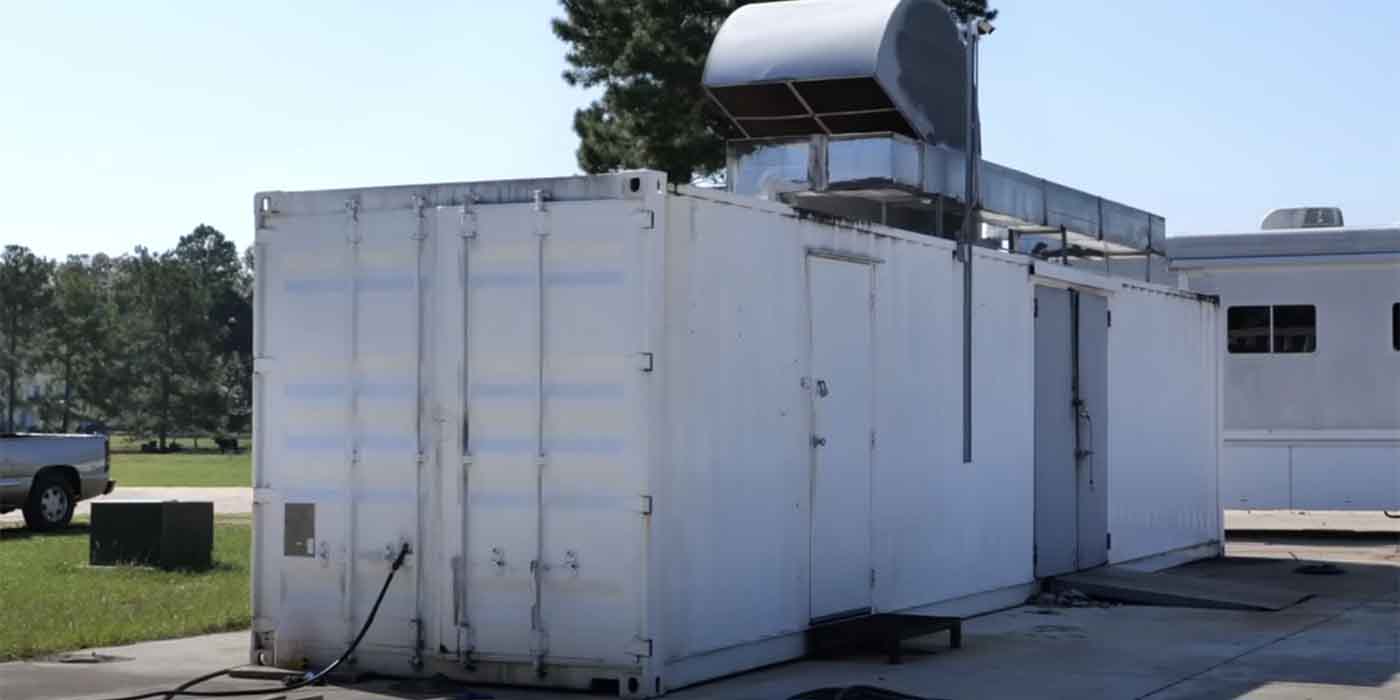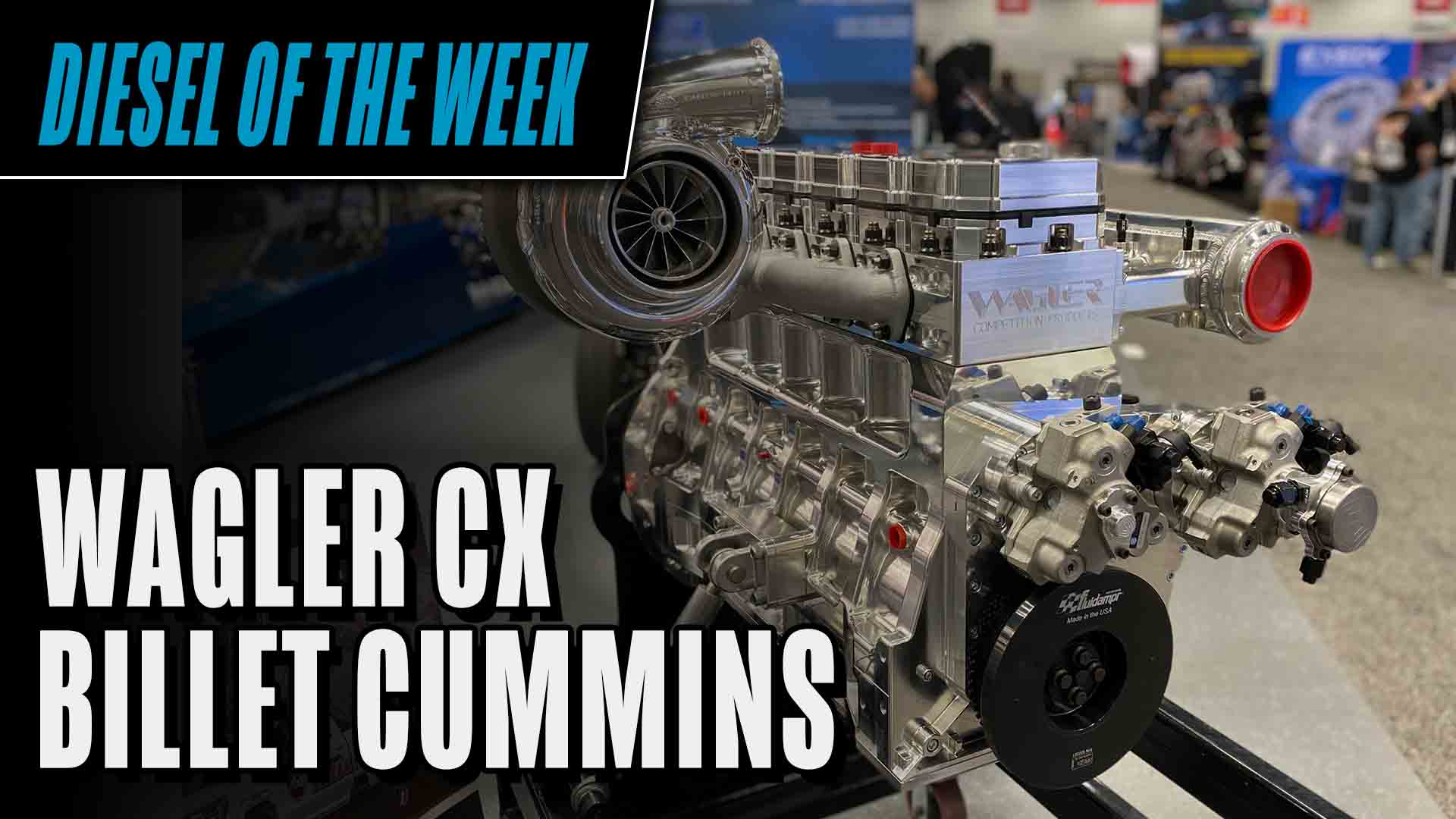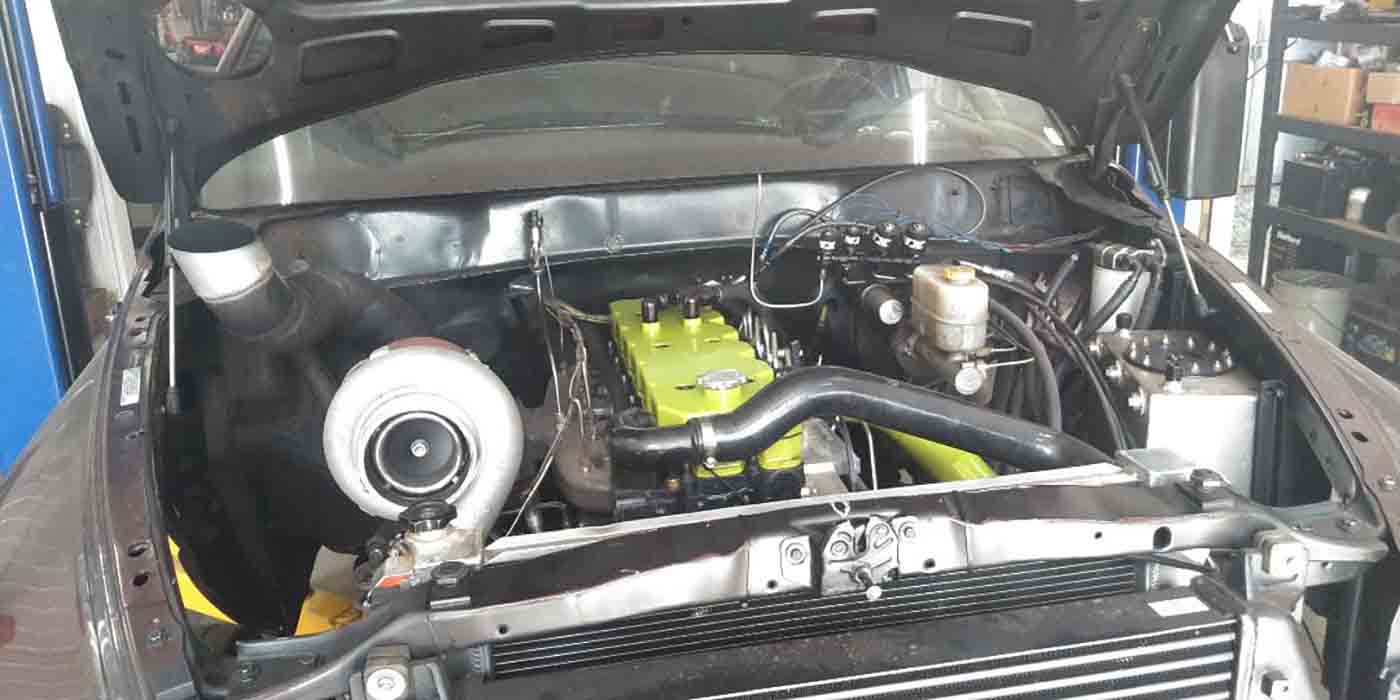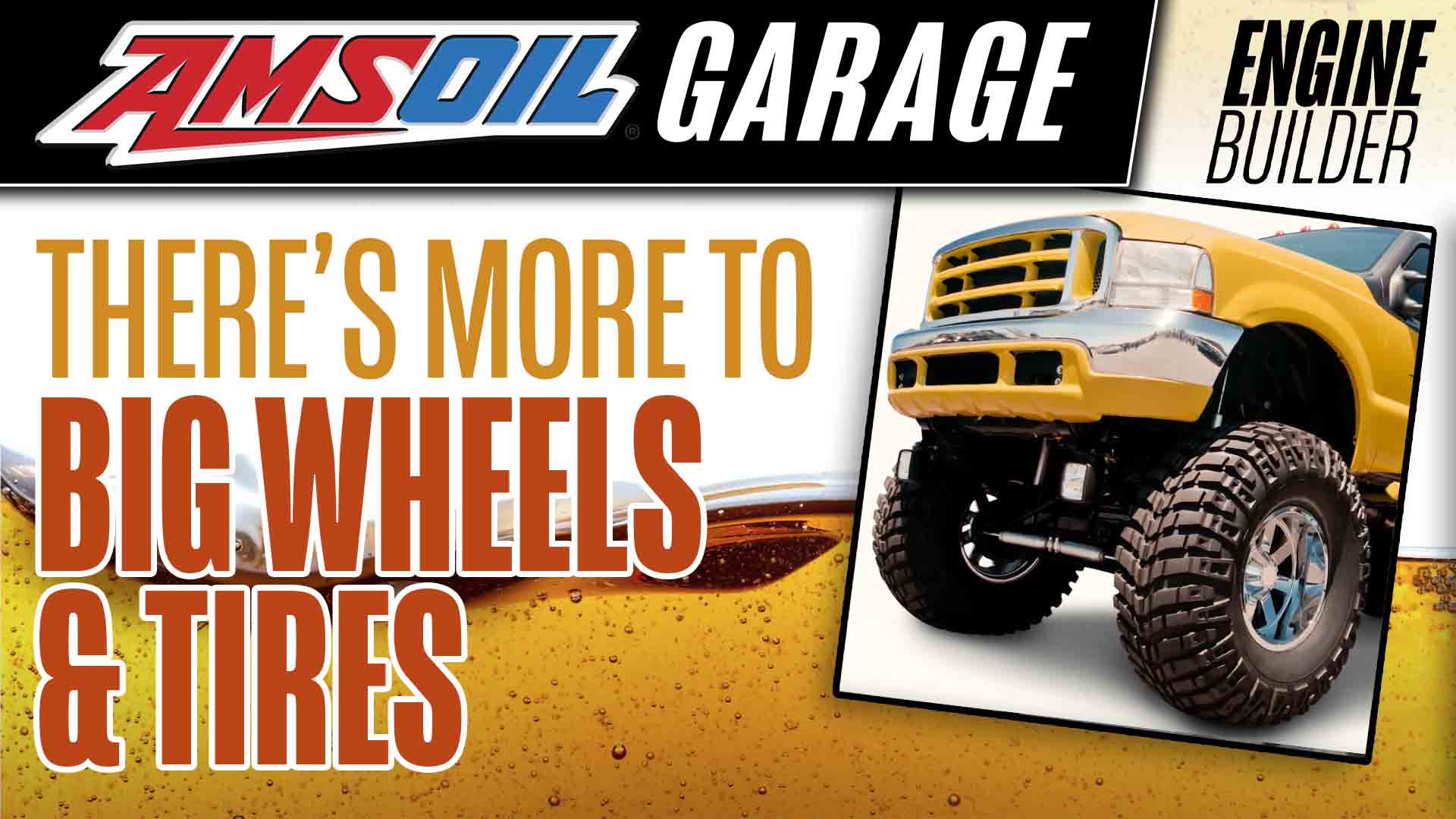Many of us grew up in the automatic transmission era of the Ford C4 and C5, the GM TH350 and 400 and the Chrysler 727. For a while, the majority of all American cars on the road were dishing out the gears through one of these iconic boxes. As dependable as they were, this was still a time when they were often ridiculed as “slushboxes,” and to a performance purist, if you didn’t have three pedals and four gears, you didn’t have a performance car.
There was clearly performance potential from an automatic, but off the assembly line, they were designed for a blend of performance, longevity and comfort. For those of us who sought to improve upon any of the “undesirable” OE aspects, we had a fairly simple task of making mechanical and hydraulic adjustments by changing springs and clutch clearances and drilling holes, then keeping our fingers crossed things didn’t break shortly thereafter, which they often did.
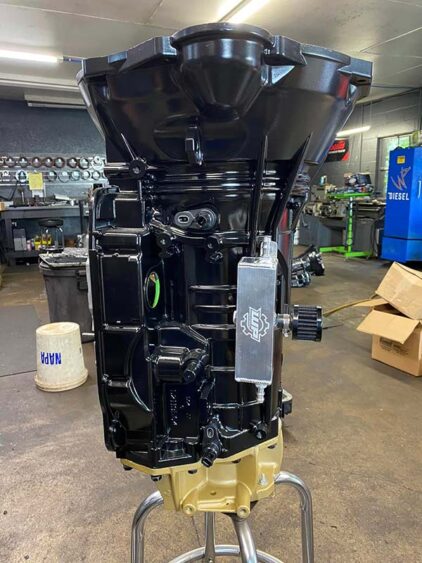
There wasn’t too much science behind what we did then, but that trend was poised to change, along with the anti-performance view of automatic transmissions – thanks goes to the diesel truck. Initially, the ultimate workhorse for hauling, when diesel truck popularity skyrocketed, all of a sudden, trucks were no longer slow, crude farm vehicles.
Today’s diesel crowd is pulling campers and boats, hauling incredible loads and flat out enjoying massive amounts of torque, all while doing it in comfort and style. They’re using their truck like a truck, and they’re using their truck like a toy too. Even from an OE standpoint, power is impressive, but with diesel owners extracting more power than ever, the transmissions play a much bigger role in overall performance.
The term slushbox doesn’t exist anymore. Automatic transmissions are cool, and only three speeds is a thing of the past. How are diesel folks keeping up with performance and brute force?
“With these newer model transmissions, you can’t only be invested in mechanics,” says Ethan Patterson of WP Developments, Inc. “You have to be invested in mechanics as well as fluid dynamics. You have to be invested into how the electronics work, the timing of the electronics and different calibrations. You have to almost be an electrical engineer and a mechanical engineer all in one. What we used to do with different clutch clearances and hole sizes and spring rates and stuff like that, we have the tuner do that through programming to control things like pressure, how hard it shifts, when the lockup clutch comes in, and how long it slips before it totally engages.”
It’s no secret that transmission operation on today’s trucks plays a big role in fuel economy and emissions, with computers and electronics having a front row seat. This electronic generation defines the trends of transmission development.
“We do very in-depth research and development into newer style transmissions,” Patterson says. “We have intricate data acquisition systems for race applications and heavy-duty towing. We gather all this data in our test trucks and see what breaks, how it broke and what pressures were where. We’re pretty heavily involved with R&D into the 10 speeds on the GM and Ford side right now.”
Even though there are many popular forms of racing and competition with diesel trucks, performance is a mindset that goes beyond racing. Pushing trucks to the limit is just part of a normal day of testing.
“What I like to say is we put a transmission way past its breaking point, or we put it way further than most people will ever be, but that doesn’t necessarily make it unusable for somebody with 600 horsepower,” Patterson says. “We just break it faster than they do. It all relates back to our customers, and we have tons of them who have 500 or 600 horsepower to pull their campers, but still enjoy running at a dirt drag. Figuring out how to keep them cool in a drag race, we can compare that to somebody towing a trailer up the Rockies. The amount of strain we put at something allows us to know how much it can handle.”
Just mentioning data is an understatement. Even though there’s a lot available from the factory, there’s a lot more needed, which requires an engineering effort all its own.
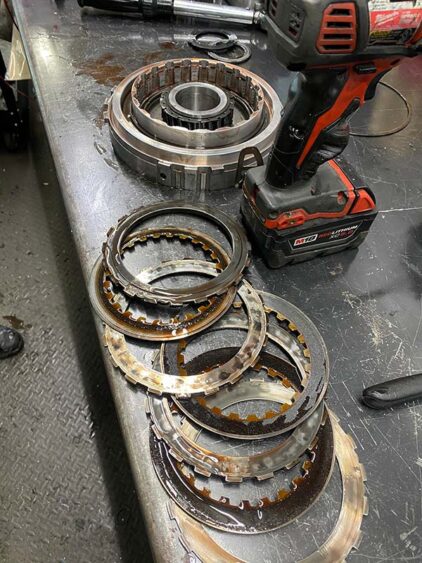
“Some of the data we don’t see per se is what kind of pressure is that clutch getting and how fast did it get it,” he says. “We have micro transducers that are very expensive that go into the valve body. We’ll machine the valve body itself and put them in, and we have a data logger system that we can go through and actually watch things as they happen.
“I share a lot of data that we have tons of time and investment into just because in my heart, I want us to grow as a whole. I want us all to be better. I don’t want to hold back information because I want everybody to come to me. I want everybody to be successful and to grow the diesel industry, so we all have to work together.”
Patterson points out that the 68RFE, the 6-speed automatic in 2007-current Dodge trucks, is probably 90% of his customers. Speaking of Dodge trucks, it’s hard to even mention the word diesel, without mentioning the Cummins engine, and its responsible for another trend in diesel transmissions.
Since the Allison 1000 transmission came out in the Duramax, many Cummins 5.9L and 6.7L truck owners have been longing to install one. Allison Transmission has long been known for their medium and heavy-duty commercial transmissions, and the 1000 was simply a downsized version of its already successful 3000 series medium-duty transmissions.
“The 68RFE is a great transmission,” says Clint Cannon, president, ATS Diesel Performance. “We do a ton of them and it’s one of my favorites, but if you’re an over-the-road driver who’s pushing 100,000 or 200,000 miles per year, pulling extremely heavy loads, or if you’re pulling all the time, or have a modified truck, you’re a candidate for an Allison upgrade.”
Some of the original Allison upgrades involved adapter plates and required grinding away a portion of the Cummins block for starter clearance, making it a difficult process and occasionally causing other problems.
“We made the Allison bell housing, torque converter and extension housing to mimic the 68RFE, so it would be a 100% drop in with no adapter plates,” Cannon says. “It was a multi-layer process. We had to develop all the hard parts, cast the bell housing and extension housing, and that was done several years ago, but we were still working on the technology to control the transmission and make it work like a factory transmission.”
Cannon explained that when you remove the factory transmission from the Cummins drivetrain, removing the factory transmission control module (TCM) eliminates many of the factory functions of the truck.
“The TCM interacts with the engine control module (ECM), body control module or totally integrated power module,” he says. “Essentially, it interfaces with all other computers on the network. If you take the TCM out of the loop, the vehicle doesn’t work. It won’t start, the PRNDL indicator doesn’t work, and you lose things like reverse lights. People were putting a standard transmission calibration in the engine, wiring in a relay to get the engine to start, and losing many features.”
This is where things get complicated, and like the transmission hard parts, ATS Diesel designed a special translator module to completely mimic the vehicle.
“We take all the data from the GM T87, then translate it into what the Cummins speaks, then take the vehicle data and translate it into what the Allison speaks,” Cannon notes. “We mimicked all the connections, so our translator module plugs directly into the Chrysler TCM. This allows a 100% seamless integration. In some cases, you don’t even know the conversion has occurred.
“Some of the early Allison TCMs – the A40, A50 and T14 – were kind of problematic and weren’t super reliable. They were also kind of slow and didn’t have really heavy processing. When they came out with the T87, it was incredibly fast and also incredibly complicated, using data validation to give the data a higher level of integrity.”
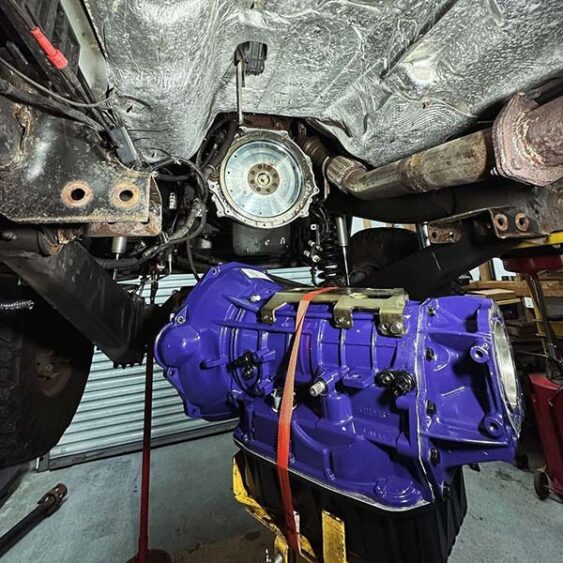
Data validation is a process of confirming data quality, and while there are many different types of validation which can become complicated, a primary benefit is it offers more redundancy, which in turn improves the failsafe features of the transmission.
“What I really liked about the T87 is that because it has such a fast processor, the transmission shifts super smooth,” Cannon says. “There is a huge noticeable difference in convertor clutch control. The Allison 1000 is a non-synchronous transmission, meaning it has a clutch-to-clutch operation, and as you’re releasing a clutch, you’re applying a clutch. With all the dynamics of how much power it’s making, what your speed is, what the clutch capacity is, and all these things that are happening that literally have to be calculated thousands of times per second, the faster the processor is, the faster it can process all that information, which equates to a smoother shift. The shift quality and timing gets so much better with these faster processors, and you get better fuel mileage.”
For anyone that has already done the conversion and is fighting with the details, the components are available separately, so you can buy just what you need.
“There are a lot of pre-existing Allison swaps done the old way using the adapter plate,” Cannon says. “The electronics package allows them to literally unplug the old electronics, put a factory calibration back into the vehicle, plug in the new electronics and they’re all set.”
One of the more interesting aspects about this swap is the torque converter because when you’re figuring out stall speed, you have stall speed and the stall torque ratio (STR).
“STR is more important than stall speed,” he says. “STR is basically the amount of torque being generated through the torque converter. When you’re sitting with the engine spinning and input shaft not spinning, the STR is the mathematical number that’s calculating how much torque is going into the input shaft. For example, if you have 300 ft.-lbs. of torque at the engine and you have a 2:1 STR, you’d have 600 ft.-lbs. at the input shaft. With the 68RFE, they have always run a very low STR to save the transmission. In the Allison, we maximize the STR, but we also either run a factory stall or run 100 or 200 rpm higher, which allows us to run exactly in the emissions curve, so the engine is running exactly as it was out of the factory, so there are no emissions concerns, but there’s more torque. The engine doesn’t work harder, but the torque output is greater.”
As you can now tell, the research going into diesel transmission performance is a far cry from drilling holes and changing springs. Knowing the electronics and the data and investing in research and development is bringing transmission performance to a whole new level. EB

